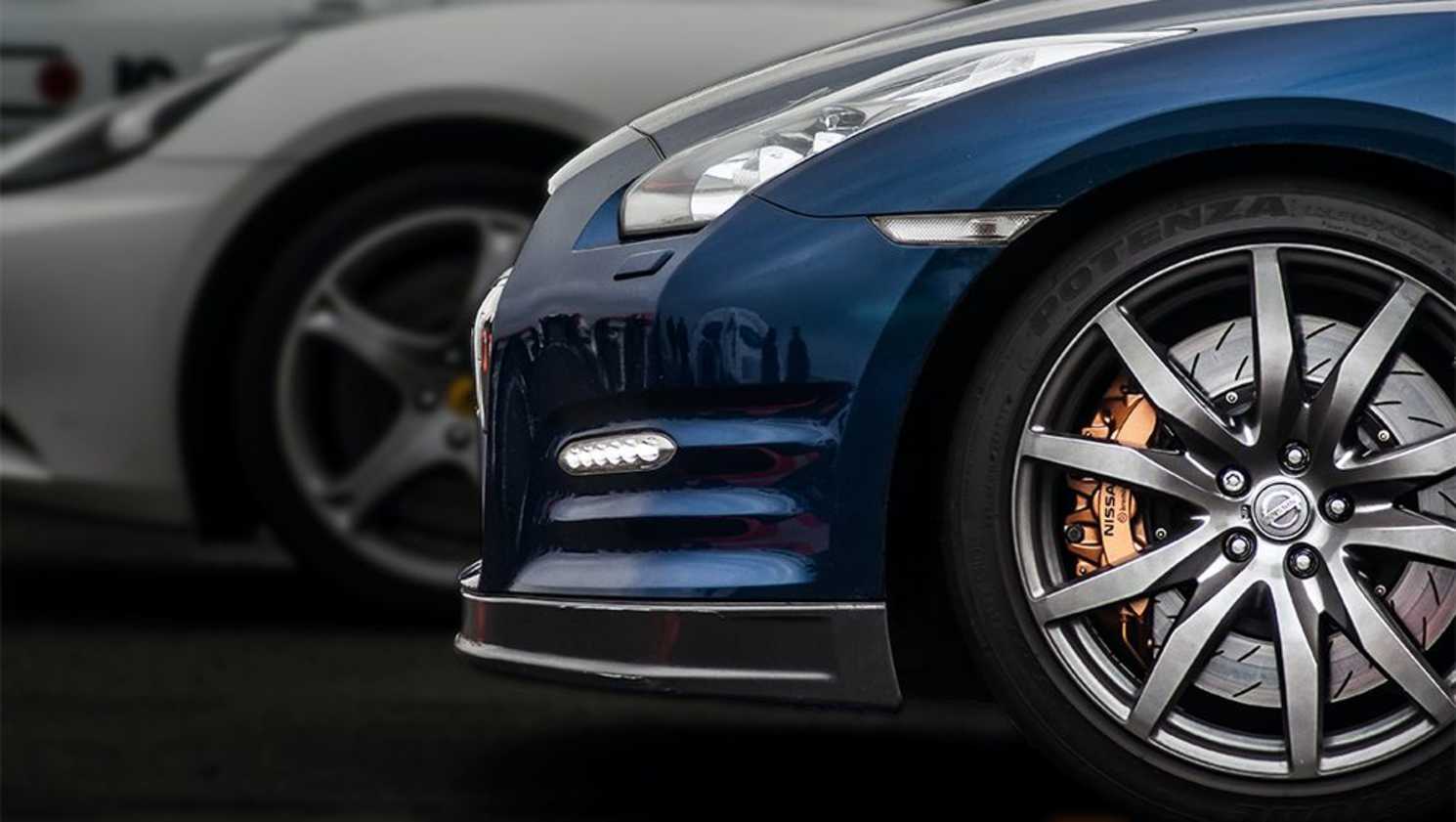How close can you park to another vehicle when parked parallel to the kerb?
This is probably the biggest question everyone has around parallel parking, because you either don’t want to be the person who gets parked in or the person that leaves someone else stuck and unable to get out.
Luckily it’s actually a simple rule to remember, you just need to leave one-metre of space both at the front and the rear of your car so everyone can pull in and out safely.
But it’s the manoeuvre that probably had you sweating the most when you did your driving test. Having to reverse your way between two other parked cars is a delicate move that requires practice and precision.
But do you know the exact rules around it? Well, we’re about to tell you everything you need to know about parallel parking.
What is parallel parking?
For those unfamiliar, a parallel park is - as the name implies - when you park parallel to the kerb (that means in line with the side of the road). Beyond the distance between the cars around you, there a few other rules to follow so here are some parallel parking tips to help you park safely.
For starters, you must park in the same direction as traffic, which seems obvious but when you’re desperate to find a park you can make bad decisions. So make sure you are facing the right way whenever you park.
There is no official distance to the kerb, but most states require you to park “as close as possible” to the kerb/side of the road. That’s also just a safe thing to do, giving more space for cars to get past and leaving more room for you to get out.
Most states also require you to park with up to three metres of space between you and the centre of the lane, in order to ensure enough space for cars to get past. However, that isn’t necessary if you park parallel to a broken centre line, which would allow cars to overtake you safely.
The other key rule to remember is on a one-way street you can park on either side of the road, but you must leave space for cars to safely get through.

Where there is parallel kerbside parking, are you allowed to double-park alongside a parked vehicle?
In short, no. Double parking, the act of stopping alongside a car that is already parallel parked, is not legal in Australia as it can cause congestion on the road and creates potential for accidents, as well. If you’re caught you’ll likely end up with a fine from the police.
Do different states have different rules?
There are often a lot of differences between states when it comes to road rules, but parallel parking in Australia is one of the rare common elements.
Each state requires you to follow the same basic rules - parking as close to the kerb as possible, parking in the direction of traffic and leaving one metre between the cars ahead and behind you.
Having said that, there are different penalties in each state if you don’t follow these rules. In New South Wales if you park facing in the wrong direction you’ll cop a $283 fine and if you do it in a school zone it’s a $387 penalty.
In Victoria you’ll also get a penalty for facing the wrong way, but you can also be on the hook for a $110 fine if you don’t line up close enough to the kerb (as deemed by the police or parking officers).
Parking fines in Queensland vary as they can be issued by the police and local council parking officers.
In South Australia you’ll be on the hook for $178 if you don’t park close enough to the kerb, aren’t parallel to the kerb or are too close to the cars around you.

Western Australian parking fines are different depending on the local council and the infringement, while in Tasmania you can receive an $87 notice for failing to meet the requirements on distance and direction.
What are some general tips for making sure you are not parked too close to another vehicle when parked parallel to the kerb?
How to park parallel to the kerb is not an easy question to answer as we were probably all taught slightly different things from either our parents or our driving instructors.
But here are a few tips to remember next time you need to parallel park (or teach your kids) so you can try to get it done safely and correctly.
If there’s a car already parked that you’re trying to slot in behind, use it as your reference point. Put your indicator on as you pull up alongside the car, roughly half to one metre away, lining up your front left wheel with its side mirror.
Select reverse, check it’s safe and begin to move backwards slowly before turning the wheel to full lock when you reach the rear window of the car you’ve pulled alongside.
Then, when your left-hand side mirror is in line with the rear bumper bar of the car alongside you, and your car is approximately 45 degrees to the kerb, begin winding the steering lock off.
Keep reversing into the spot, and when you see you’re safely clear of the car in front and clear of any object behind you, make sure you are parallel to the kerb.
You can then straighten up to correct any angle you may find yourself on and, of course, make sure you leave one metre of space between the cars ahead and behind you.
.jpg)
.jpg)

.jpg)
.jpg)

.jpg)

.jpg)
.jpg)








_0.jpg)
.jpg)
.jpg)



